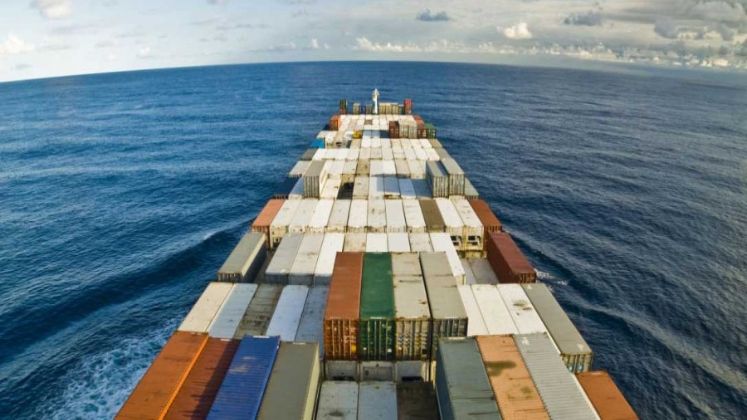
Bangladesh’s apparel industry is assessing the economic impact of recent trade disruptions caused by protests and work stoppages at customs, VAT, and tax departments. The Bangladesh Garment Manufacturers and Exporters Association (BGMEA) has requested its members to submit detailed information regarding the nature of damages, types of losses, and financial impact stemming from the shutdowns by 15th August, as part of ongoing efforts to quantify the damage.
The disruptions occurred during protests led by customs and tax officials, which resulted in a series of work stoppages including strikes and shutdowns in May and June. These actions significantly hampered revenue collection and disrupted trade activities, according to officials. The Government has formed an inter-ministerial committee, headed by the finance ministry, to evaluate the economic losses incurred during this period. BGMEA is also a member of this committee.
BGMEA senior vice-president Inamul Haq Khan emphasised the importance of accurately measuring the losses, noting that while revenue shortfalls are straightforward to calculate, factories also suffered operational setbacks such as delayed shipments and potential buyer discounts. “We want to know which factories incurred what kinds of losses and how much,” he said, adding that a detailed report would be prepared after receiving the relevant data.
Meanwhile, a recent report from the Bangladesh Bank indicates that net exports from the country’s readymade garment (RMG) sector declined by 15% in the April-June quarter of 2025 compared to the previous quarter. The report shows that RMG exports fell from US $ 6.09 billion in January-March to US $ 5.17 billion in April-June, representing 56.78% of total apparel exports during the quarter. Last fiscal year, exports for the same period were valued at US $ 10.34 billion, with raw material imports totaling US $ 4.25 billion in the June quarter.
The central bank’s calculations of net RMG exports consider both export earnings and raw material imports, focusing on key components such as raw cotton, synthetic fibers, yarn, textiles, and accessories. The report attributes the decline to external shocks, domestic inefficiencies, rising geopolitical tensions, trade restrictions, and infrastructure bottlenecks, warning that these challenges could threaten the sector’s sustained growth unless addressed proactively.






